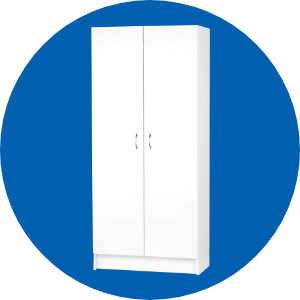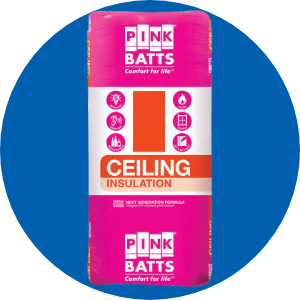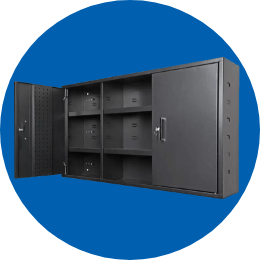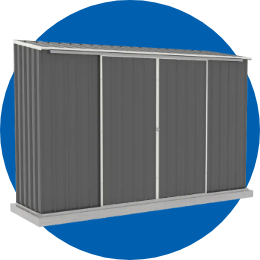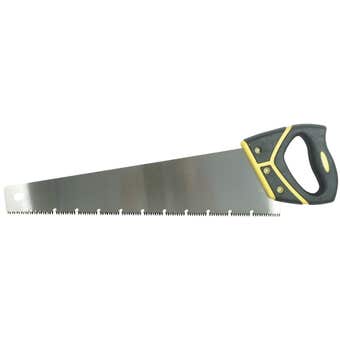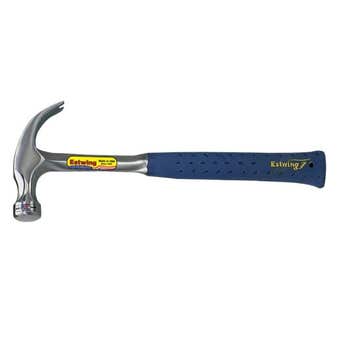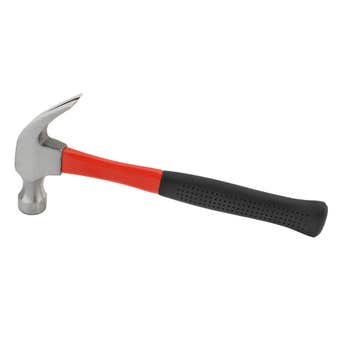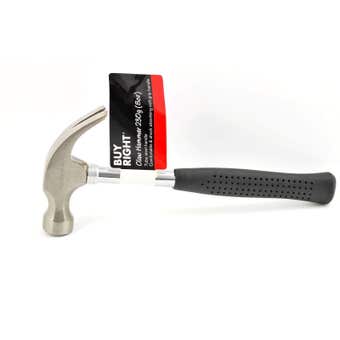- 3 August 2023
Uncover hidden character in your home – with a little help from Mitre 10.
In the not so distant past if you wanted to quickly and easily alter your floor finish you were left with very limited choices- mainly carpet, tiles, vinyl. Then other labour intensive finishes such as parquetry, cork tiles, slate to mention a few. Now we have an exciting option which exudes warmth, character and goes with any setting or decor that is what is known as the “floating floor” system.
Tools for the Job




What is “floating floor”?
It is a finely engineered floor system comprising pre-cut and fitted pieces of flooring of varying lengths and widths. The panels are generally of plywood, solid timber, timber veneer or a manufactured laminate surface. These are sold in various pack sizes and are usually pre-finished, eliminating the need for sanding or coating. Mostly they join together with a tongue and groove system that runs the full length of the board and across each joining end. A popular and hard wearing style comes in a laminated timber appearance finish which is virtually indestructible. Each panel simply interlocks and sits on an easy to prepare sub-base (Fig. I). The only pre installation requirement is that the floor surface to be covered is even, solid and dry. If you’re unsure about your choices, ask your Mitre I0 store to help you out (some Mitre I0 stores may not stock flooring).
Before starting
Firstly read this MitrePlan through in conjunction with any installation instructions that came with the flooring. If placing the floor over a concrete slab be sure the concrete has dried out properly. Drying time for newly poured concrete is to allow I month per 25mm thickness, since most slabs are I25mm thick this means 5 months from date of pour. Prepare yourself by studying the area you are going to cover, and pay attention to where the flooring will finish and how you will finish the floor at junctions of tiles, carpet or other surfaces. Also you have two options for floor to wall finish. First and easiest (and most common) is to maintain the skirting boards in position and run a bead around the perimeter of the job to conceal the expansion gap upon completion of laying the floor system. Alternatively you can carefully remove the skirting board and lay the flooring to the wall, replacing the skirting upon completion of the floor hard down to the floor surface. Bear in mind though that this will lift the height of the skirting by the combined thickness of the floor and underlay, so you will need to inspect whether or not this new height will create problems in the room or rooms.
Step 1: Surface preparation
Ensure that the floor surface is even, fill all indentations level and grind or sand down all high spots to level. And where laying over a timber or particle board floor take the trouble to ensure there are no creaks or loose boards. One last thing, it is good practice to store the boards loose, unpacked and loosely stacked, in the room they are going to be installed in for a week or so so that they can acclimatise to the area. Read the installation instructions prior to commencement. If your installing flooring over a slab heating system, seek professional advice froma qualified tradesperson. Your Mitre I0 store can help you find one.


Step 2: Preparing the base
Over concrete floors lay a 0.2mm plastic membrane and overlap it along the joins by 200mm. Over an existing tongue and groove floor lay 6mm thick plywood underlay nailed every 300mm. On particle board or plywood floors the surface should be smooth enough to proceed straight onto the next step, if there are any surface irregularities these can most likely be rectified by some sanding with a sanding machine. On all floor sub-surfaces the foam underlay is spread out next. Roll out one width of the underlay for the length of the room or area to be covered, this is to be run in the same direction that the floating floor will be run.


Step 3: Laying the flooring
Before we start it is important that an expansion gap of I2mm is left between the flooring and the skirting or walls (Fig. 2). This gap is concealed by a quad or bead or a skirting board upon completion of the floor boards. To make this gap easy to maintain use either I2mm thick strips which can be removed once the whole floor has been completed or purchase some manufactured I2mm cork expansion strip, which stays in position upon completion. Commence laying the flooring at a corner of the longest wall in the room with the tongue pointing out from the wall (Fig. 2). Joins of the boards in length will need to be staggered, and best economy of material is when you can use the off-cut of the last board to commence the next run of boards which should give all joins a staggered effect so one does not align next to another, or ideally within 250mm of another join for three board widths (Fig. 3). When you reach the end of the room measure and cut the last board to length and place in position, and commence the next run with the off cut, if possible. Once you have laid a few rows check to ensure the flooring is square by measuring the rows against the opposite wall at 3-4 different intervals along the row. Repeat this process every so often throughout installation. The first board of the next row is pressed into position, and is tapped into position using the rubber mallet and a protection block of 42 x I9mm timber (Fig. 4).
Where there is plumbing or other projections coming up through the floor the expansion clearance of floor to the pipe should be maintained at about I2mm. As you reach the end of the width of the run of the foam underlay roll out the next run.


Step 4: The last row
Most likely the last row of boards will be less than the width of the boards, meaning that this board will need to be cut down in width. Measure the distance between the last board edge and the wall, and to maintain the I2mm expansion gap deduct I2mm from the measurement. When measuring the board to cut measure only the visible surface width of the board, do not include the tongue in this width. The board being the last board closest to the wall will need to have pressure applied as the width will not allow the use of a mallet. The best method here is to use a pinch bar and a protective piece of timber against the wall, 42 x I9mm x 600mm long (Fig. 5). Place the timber as low on the wall as possible, and with the pinch bar force the board into position. You will most likely need to go over the length of the last board a couple of times to close the gap completely. Now fill the gap with the cork expansion strip and the job is ready for the application of the mouldings (Fig. 6) or re-application of the skirting board. Carefully cut the mouldings with a fine tooth saw, and nail to the floor with 20mm brads. Punch the head of the brad below the surface of the bead and fill with a colour matched filler. You could apply stain and a clear finish to the bead to match the flooring or paint it the same colour as the skirting board. Either way you will find it easiest to pre finish the bead prior to installation.


Step 5: Finishing & maintenance
The boards in most instances are pre-finished so require no further surface work to them. Should you have installed a floor that requires finishing then a fine sand will be needed. The boards you have chosen may not be solid timber but plywood with a veneer top a hand operated belt sander is best for this, sand the floor in the direction of the grain until board joins are even, then select either a spirit or water based finish for the floor – refer to MitrePlan 6I – Floor Sanding & Polishing – and apply the selected finish according to manufacturers instructions. Care of your new floor is relatively easy and of common sense. Use doormats at entrances from outdoors to eliminate scratching from grit and stones; vacuum the floor regularly and wipe with a damp cloth as necessary for sticky stains; remove any spillages immediately before they dry and clean with a water dampened cloth; the use of waxes and polishes is not recommended, however refer to maintenance tips that should be on the flooring packing sheet that came with the floor boards. Or ask your Mitre I0 store for advice on the best care for your floor.






